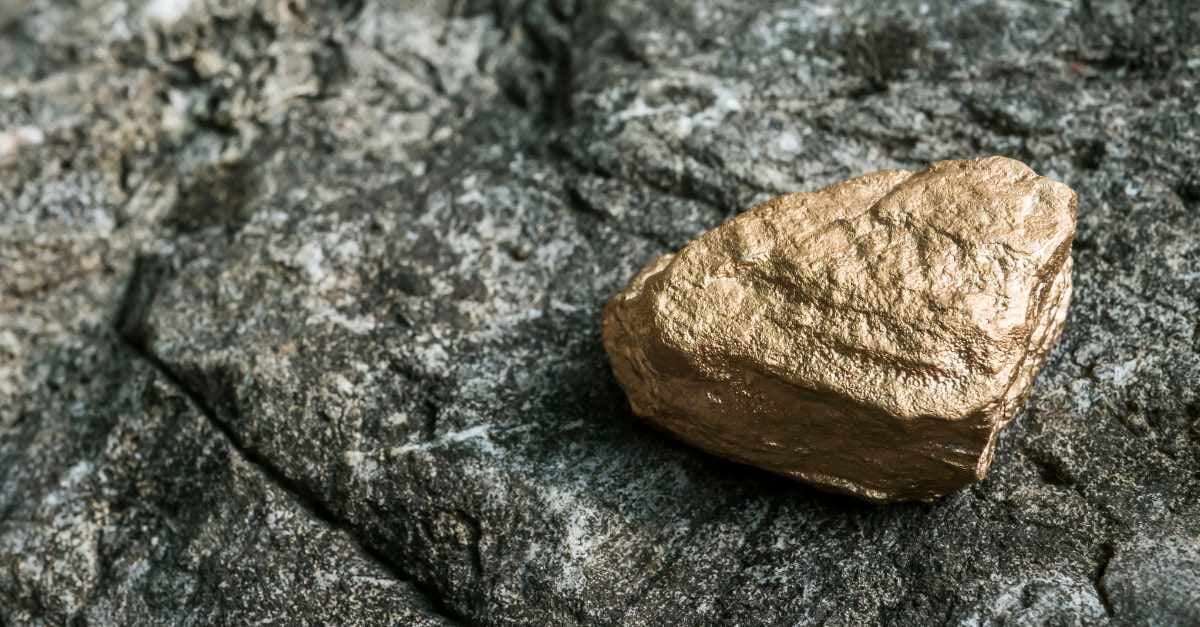Biomining with microorganisms
Mining

Mining
Biomining, also known as bioleaching or microbial mining, is a process that uses microorganisms (referred to as ‘microbes’) to extract metals from ores and minerals. This approach is an alternative to traditional mining and is more environmentally friendly. The microorganisms involved in microbial mining are typically bacteria, archaea or fungi that have the ability to oxidise and solubilise metals from mineral ores.
The microbes used in microbial mining are acidophilic, meaning they thrive in acidic environments. They obtain energy by oxidising metal sulfides, such as iron, copper and zinc sulfides, in the ore. This oxidation process releases metal ions into the solution, making it easier to extract and recover the metals.
“Biomining is the kind of technique promised by science fiction: a vast tank filled with microorganisms that leach metal from ore, old mobile phones and hard drives. It sounds futuristic, but it’s currently used to produce about 5% of the world’s gold and 20% of the world’s copper. It’s also used to a lesser extent to extract nickel, zinc, cobalt and rare earth elements. But perhaps its most exciting potential is extracting rare earth elements, which are crucial in everything from mobile phones to renewable energy technology.” – Marcos Voutsinos, University of Melbourne.
Common metals gained from biomining:

The important thing to understand about microbes is that they are consumers with a voracious appetite. They consume sunlight, nitrogen, sulfur, nutrients – and even each other. But of course, they also consume metal, which makes them useful for mining.
Microbes are organisms that are too small to be seen without using a microscope, so they include things like bacteria, archaea, and single cell eukaryotes — cells that have a nucleus, like an amoeba or a paramecium.
American Museum of Natural History
In this process, ore is crushed and stacked on a ‘heap’ - an impermeable linen pad. It needs to be impermeable so the acid that is poured on the ore does not seep through. The acid separates microscopic metals, like gold, from the rock.
Similar to heap leaching, dump leaching involves soaking ore in acid to separate the valuable minerals. The processes differ in that as the ore in heap leaching is crushed and stacked, whereas in dump leaching it is dumped intact.
Agitated leaching involves extracting minerals from ores by dissolving them in a solvent. Miners put ore in a tank with a solvent and agitate the mixture to speed up the reaction.

Microbial mining has several advantages over conventional mining methods. It can operate at lower temperatures, reducing the energy requirements for the extraction process. Additionally, it can be applied to low-grade ores that may not be economically feasible to process using traditional methods. Moreover, microbial mining is considered more environmentally sustainable as it generates fewer waste products and reduces the environmental impact associated with mining activities.
Microbial mining represents an innovative and eco-friendly approach to extract valuable metals from ores, utilising the unique abilities of microbes in metal solubilisation.
In traditional mining, harsh chemicals and high energy usage result in a high quantity of pollutants. Biomining, on the other hand, uses less energy and produces less pollutants. Because it’s cheap and simple, biomining can make the most of low-grade sources of metals (like mine tailings) that it would otherwise be a waste of time to pursue with traditional methods.
Biomining can take a long time, slower than traditional mining processes, grinding down the pace of production. It can also only work in specific environments. The environment needs to have specific pH levels, temperatures and nutrients. Deviating from these conditions can negatively impact the process. Microbes will also only target certain minerals, limiting the choice of minerals that can be mined.

Rare earth elements, or REEs, are a group of metals comprised of the 15 elements of the lanthanide series. They are prized for their use in renewable products like wind turbines, solar panels and electric cars, but they also contribute to waste streams and are not easily recyclable.
REEs are surprisingly not uncommon, the only problem being they don’t tend to form in concentrated deposits like gold or silver do, and a tonne of rock may only contain a tiny amount of REEs. Purifying REEs can also present a considerable challenge, because the REEs that coexist in deposits are chemically similar, and so miners have to constantly separate them using complex, expensive and damaging chemical processes. That’s where biomining comes in. Using the unique abilities of microbes, biomining is an innovative alternative for extracting and purifying REEs.
Microbes can selectively bind and extract specific elements, streamlining the separation process.
Biomining generally has a smaller environmental footprint compared to conventional mining because it doesn’t disturb as much land, and it consumes less energy. Additionally, the greenhouse gases emitted from mechanical mining are reduced. However, there are some drawbacks.
For instance, the potential for Acid Mine Drainage (AMD) - acidic and metal-rich runoff which can negatively impact water quality and aquatic ecosystems. Also, using genetically modified microbes poses the risk of spreading them into the surrounding environment, which could disrupt local ecosystems.
Growing microbes on toxic mine waste could help companies capture pollutants while meeting the rising demand for critical minerals, a new study has found.
The Hill
Brunel's mining industry experts can support you to successfully identify, attract and deliver skilled blue and white-collar personnel and solutions matched to your business’ unique requirements. Whatever complexities you face, Brunel is here to simplify them.